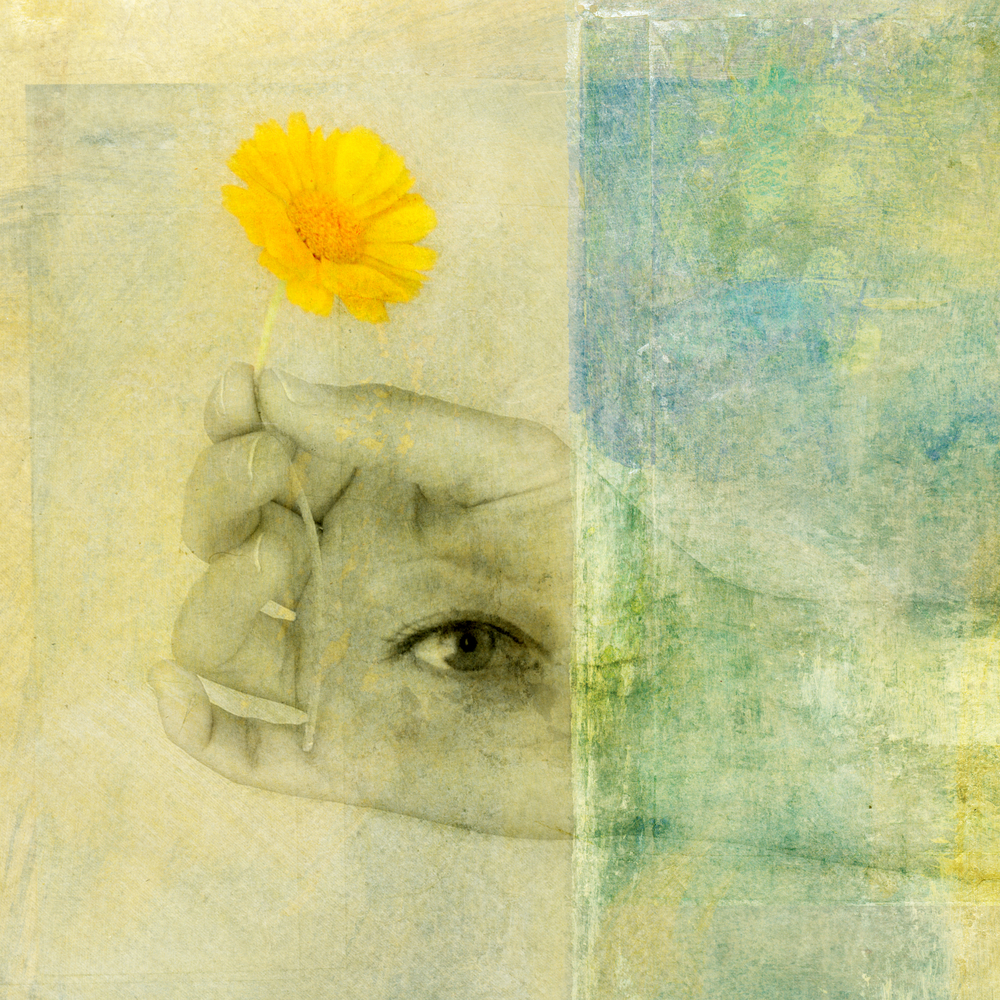
Research on cannabis, medical marijuana and psychedelics use among youth and teens- Current published university research accumulated in one place.
Adolescent/Teen Medical Marijuana
Psychoactive Substances Research
Our goal is to provide you with the latest accurate, unbiased published scientific research from reliable sources to help you make the best decisions regarding your health and wellness. You will find over 6,000 articles here covering a wide variety of issues.
Our approach to this research remains agnostic. We neither advocate for or against. We are providing you on many of the important discoveries over the past decade relating to optimizing the workplace experience that are being made on an almost daily basis by universities and research institutions worldwide. There is a real need to disseminate this information to the general public as many of these exciting discoveries are being routinely overlooked by the mass media.
Those searching for facts vs. stories on recreational and medical use will be able to find current research accumulated in one place. Easy to navigate and search by keyword within the published research ecosystem. What we see evolving is research coming out of major universities supported by highly respected foundations continues to grow.
Help make our blogs better. Your input is greatly appreciated!
Authors/Contributors
How to submit a health/wellness news article
*Outside links to articles are not permitted
Articles are in chronological order, with occasional exceptions.
Holding hands through bars (stock image). Credit: © TinPong / Adobe Stock
Those regions showing significantly greater GMV in 14 year olds reporting one or two instances of cannabis use than in matched controls. Credit: Orr et al., JNeurosci (2019)
Dendritic spines of a rodent exposed to THC and stress. Credit: UPF
A rare metabolic disease that caused hundreds of seizures daily for 6-year-old Chloe Olivarez is now significantly under control as part of a clinical trial led by Dr. Juan Pascual that uses a medicinal oil for treatment. Credit: Image courtesy of UT Southwestern Medical Center




